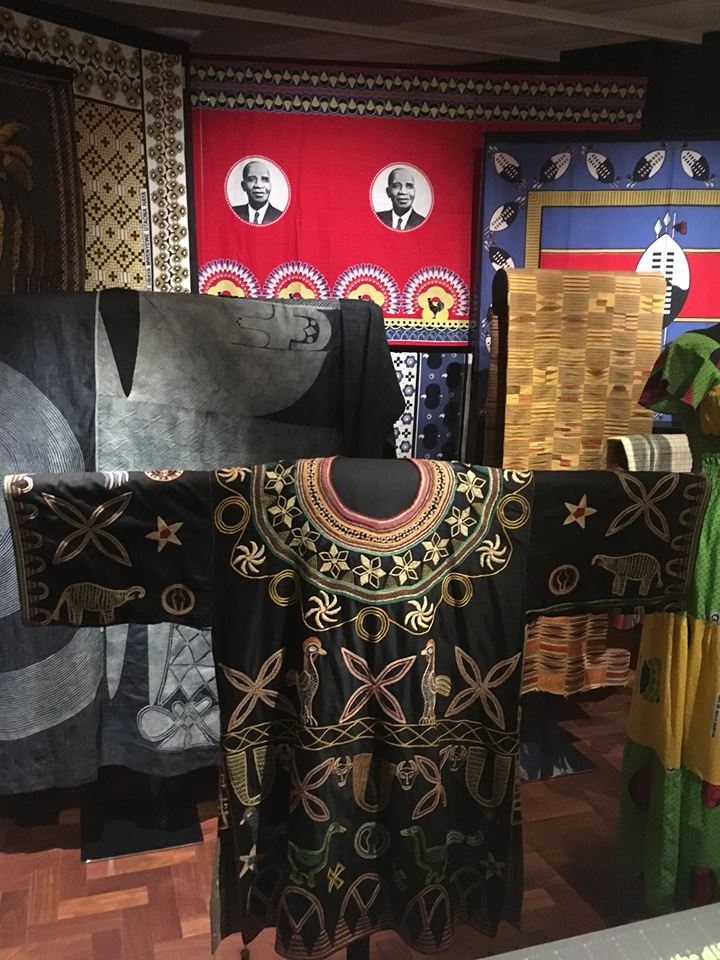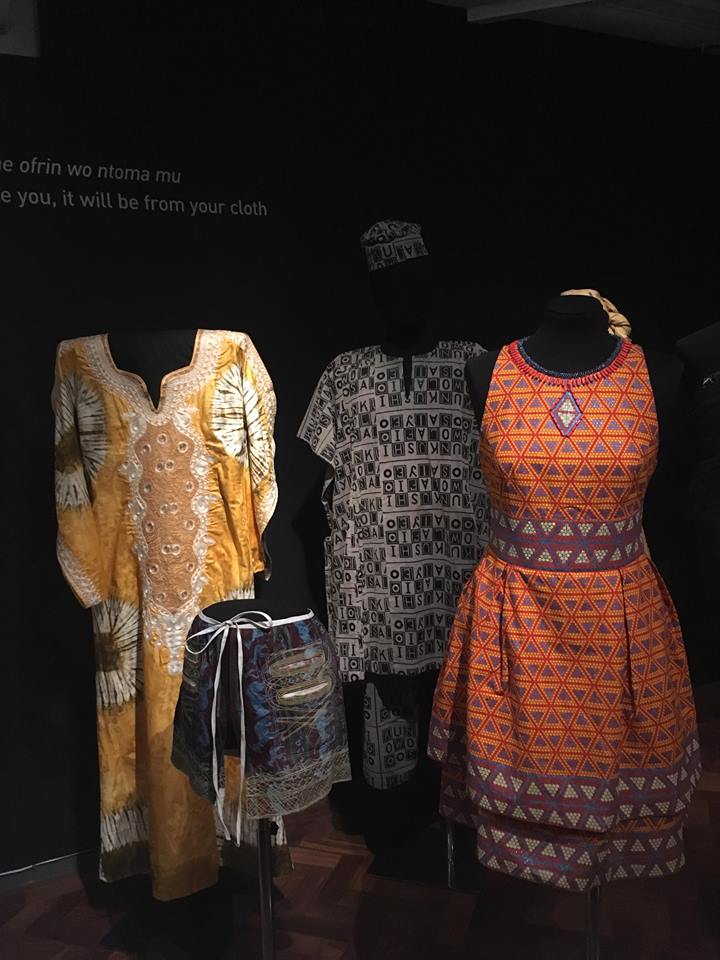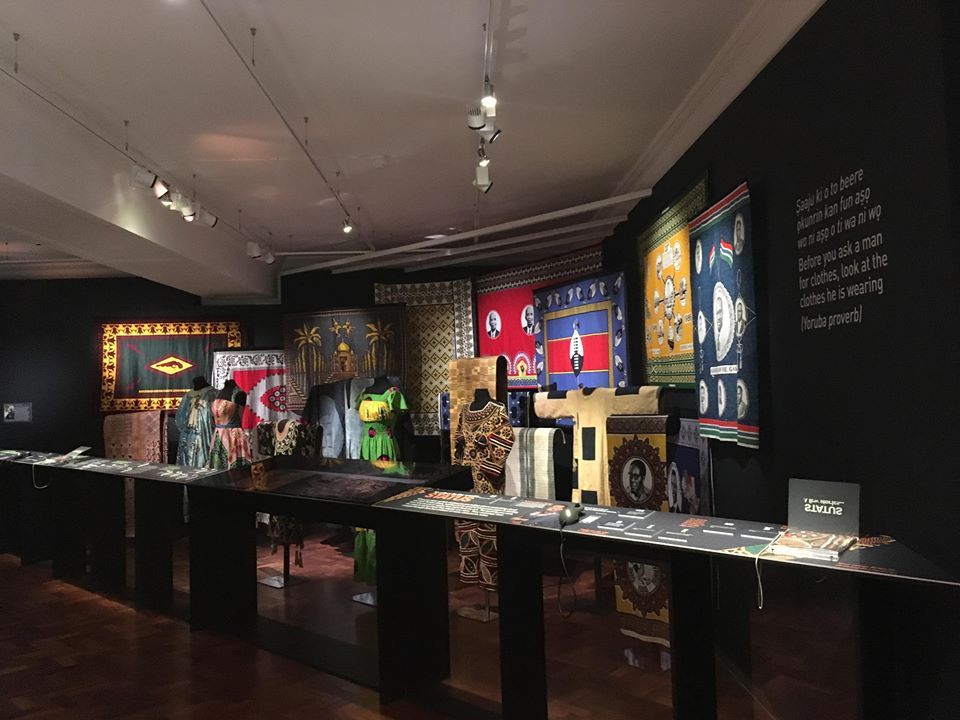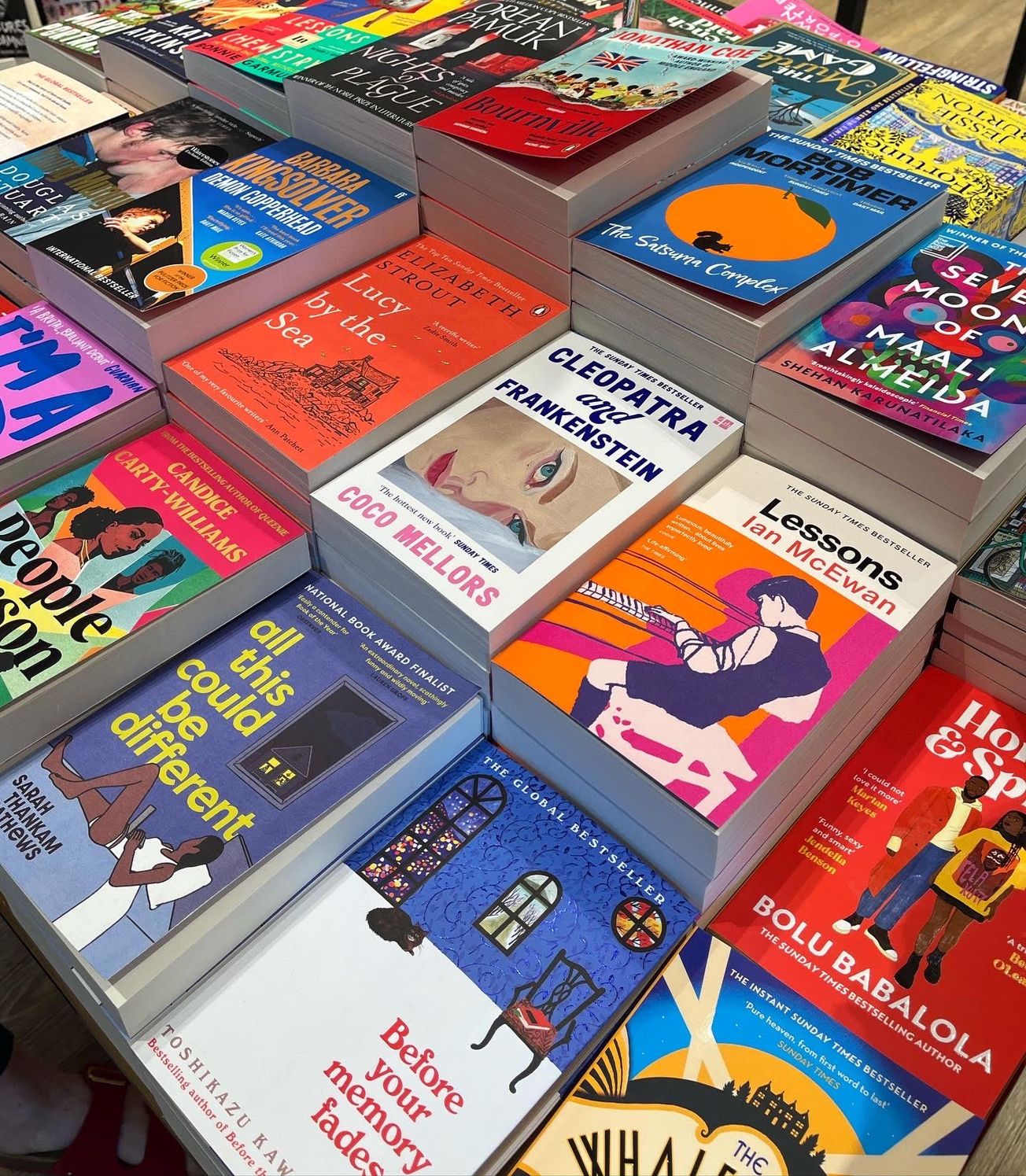By Laura Mallinson, Style Sub-Editor
Sub-Editor Laura Mallinson sees how African textiles are being used in Bristol today with insight from World Cultures curator Lisa Graves
Described as a ‘glimpse into the amazing world of African textiles’, this exhibition revels in the diversity of styles the different countries in Africa have to offer, through stories told by textiles. Stories of love, challenges, family movement and political change; all embraced by the dynamic medium of fabric for a fabulous display of heritage. This free exhibition aims to ignite interest in the historical development of African fashion, and brings to light the modern interpretations of current Bristol based African designers, who are bringing traditional African textiles and styles into the contemporary fashion world.

Image: Epigram / Laura Mallinson
Designers such as Grace Ekall and Gloria Ojulari Sule, who are striving to shape these culturally rich and brightly colourful textiles into a new form of African fashion. As an interactive exhibition, which is full of personal examples, we can begin to unlock the significance of these fabrics as the designers themselves talk through their pieces. I also spoke with World Cultures curator, Lisa Graves, to help further understand the messages this collection holds and harness her expertise to illuminate the collection further – and make you all eager to step into Fabric Africa.
So, what makes an African textile distinctly African? Fabric Africa poises this question by beginning to display an ounce of this medium’s vast and complicated history wherein, some of its origins link back to Europe. In the early 1800s, the Dutch mass-produced a traditional hand-made wax resist cloth to take to their colony in Indonesia which wasn’t – in their opinion – in vogue; now a much-loved method, batiking, resulted in a crackling effect so timeless it’s still seen on today’s runway. Back in the 1800s, this unusual and exciting fabric did become popular with men from Ghana, who were employed or enslaved by the colonisers to police the region, and the African market grew; a fabric passion which thrived in the years after Africa’s independence from colonisation to see local textile industries flourish.
 !
!
Image: Epigram / Laura Mallinson
In conversation with Epigram Style, curator Lisa Graves highlighted the importance of recognising the colonial impact on African countries and their styles, ‘African wax prints are a fusion of European and African interactions, good and bad, and it’s important to acknowledge those contexts as they impacted on what the fabrics look like and what they represent.’This love of batiking fused with the native tribal traditions of placing symbols of communication into garments to express messages of tolerance, faith, or even political alliances; as seen in the Adinkra cloth on display. ‘Everything is included for a reason,’ says Lisa in interview with Stylist magazine, ‘proverbs, morals and directions on how people should be living their lives. It’s not just pretty pictures. Everything tells a story.’ This brandishing of messages through fabric is still a common African textile trait – go and spot Obama’s smile in amongst the cloth.
This element of communication is a theme which runs throughout the exhibition, as designer Audrey Migot blends her Kenyan roots into her Bristol wedding, a celebratory message of heritage which is proclaimed through her hand-made wedding dress. A vivid, form fitting, modern dress which combines the Western style trend of ‘cut-outs’ with a vibrant African fabric centred around a customary design of repetition; which is all pulled together with elaborate beadwork symbolic of high status and special occasions.
A garment which brings Audrey’s Kenyan heritage front and centre in her marriage to fuse her two homes together. This message of celebration is one which is held up by students here at Bristol, as Mary Oki a Bristol BME representative says: ‘Your clothing is one of the main ways that you can portray your culture without having to utter a word, there’s power in fabric!’ Through African styles and vivid fabrics, this power of expression sees no distance or border as each textile holds a story and is celebrated both in the exhibition and in our city. This is what curator Lisa tells me is her main aim in Fabric Africa: ‘to showcase the diversity, experience and wealth of creativity found in African textiles, to inspire people to listen to the stories and understand the different ways that textiles are used in African societies and try to reflect on how that works in their own lives.’
See Fabric Africa in Bristol Museum & Art Gallery until May 2019
Featured Image: Epigram / Laura Mallinson
Have you seen any interesting fashion exhibitions lately? Let us know!









